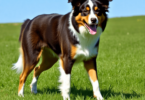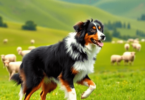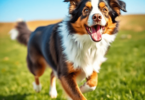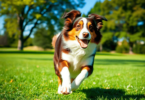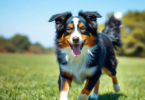Introduction to the Akbash
Meet the Akbash, a majestic Turkish guardian dog that has played a vital role in livestock protection for over 3,000 years. With its striking white coat and powerful physique, the Akbash dog is more than just a beautiful breed. It has been specifically bred by shepherds in Turkey to safeguard sheep from predators, demonstrating its incredible strength, sharp hearing, and unwavering loyalty.
What You’ll Learn from This Guide
In this comprehensive guide, we will cover:
- Discovering the Breed: Exploring the physical traits and distinctive qualities that make the Akbash unique.
- Temperament Insights: Understanding what makes the Akbash an efficient protector while also being loving towards its family.
- Training Tips: Discovering techniques for raising this independent thinker and nurturing a strong connection.
- Health and Care: Familiarizing yourself with common health issues and the best ways to care for your Akbash dog.
- Living Arrangements: Evaluating compatibility with family life and learning about space and exercise requirements.
- Adoption Resources: Finding out how to adopt or obtain your own Akbash companion.
Join us as we explore everything you need to know about this extraordinary breed!
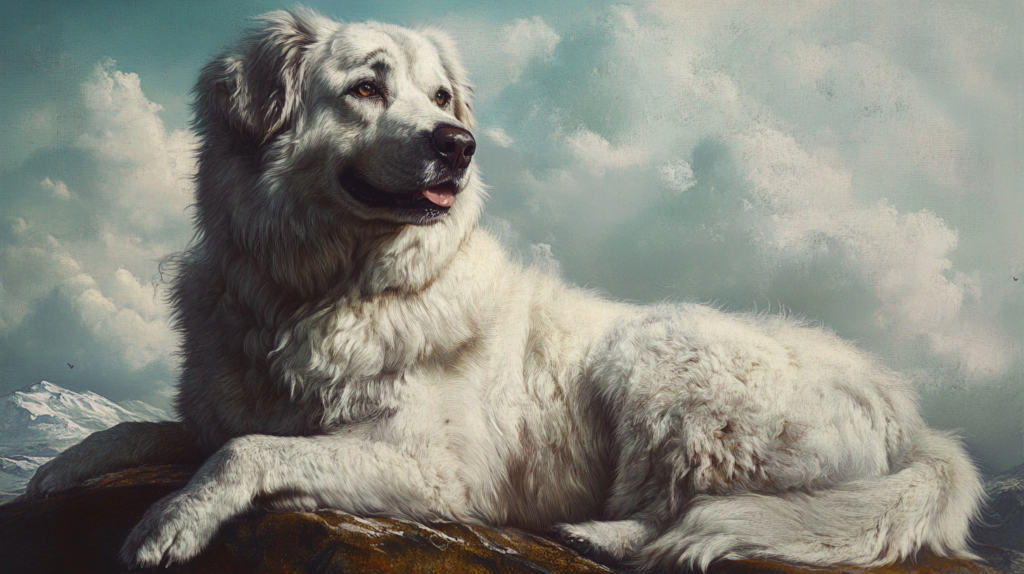
1. Understanding the Akbash Breed
The Akbash breed is a fascinating combination of power and grace, making it a captivating sight anywhere. This Turkish guardian dog has some impressive physical traits:
Size:
Akbash dogs are large, usually standing between 28 to 32 inches tall at the shoulder.
Weight:
Their muscular build allows them to weigh anywhere from 90 to 130 pounds.
Coat:
Their stunning white coats are thick and weather-resistant, designed for protection against the elements. The double coat contributes to their insulation, allowing them to thrive in varying climates.
What makes the Akbash different from other breeds?
- A striking appearance characterized by long legs, a broad head, and intelligent eyes that reflect their vigilant nature.
- Graceful movements that exhibit both agility and power, essential for their role as protectors of livestock.
Looking into the history of the Akbash, we discover roots that go back over 3,000 years. Originally bred by shepherds in Turkey, these dogs were valued for their keen hearing and impressive strength. Their main job was to guard sheep from predators, showing not only their loyalty but also a deep bond with livestock.
This ancient background as a Turkish guardian highlights the Akbash’s instincts and abilities. Understanding these qualities deepens our appreciation for this extraordinary breed. Each characteristic plays a part in its identity as a devoted protector and companion.
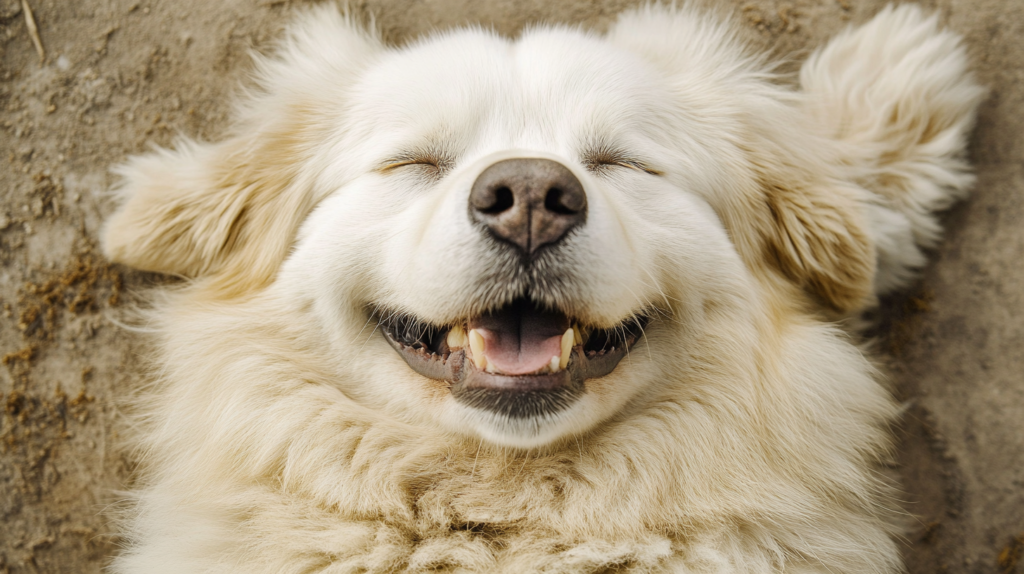
Breed History
The Akbash dog has a rich history that goes back over 3,000 years. It originated in Turkey, where shepherds bred these magnificent dogs to be reliable protectors of their livestock.
Key highlights of the Akbash’s history include:
- Ancient Guardians: The breed’s roots lie in the ancient practice of herding and protecting sheep, where their striking white coats helped them blend into the pastoral landscape.
- Cultural Significance: In Turkey, Akbash dogs have served as indispensable companions to farmers and shepherds, showcasing their loyalty and protective instincts.
- Adaptable Protectors: Over centuries, they have proven themselves not only as guardians against predators but also as nurturing figures for the flocks they protect.
The development of the Akbash was influenced by various factors such as geography and environmental conditions. These elements played a role in shaping their physical traits and behavior. Their ability to assess threats and act independently has set them apart from other livestock guardian breeds.
Understanding the historical significance of the Akbash dog adds another layer to appreciating this remarkable breed.
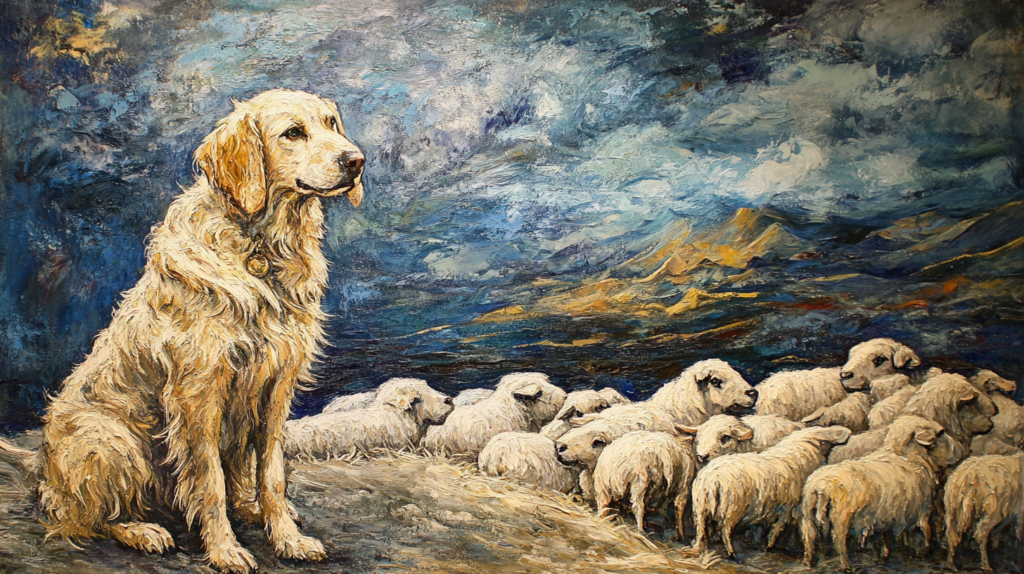
2. Temperament and Behavior Traits of an Akbash Dog
The Akbash dog’s temperament is a fascinating blend of traits that make it a remarkable guardian for livestock.
1. Independent Nature
This breed showcases a strong independent streak, often exhibiting self-reliance in its role as a protector. Akbash dogs are known for their superior hearing and keen instincts, allowing them to detect potential threats long before they arise.
2. Socialization Importance
Socialization plays a crucial role in shaping an Akbash’s behavior. Early exposure to various environments, people, and other animals helps these dogs differentiate between friend and foe. Without proper socialization, an Akbash may become overly suspicious or defensive, which can complicate interactions with strangers.
3. Affectionate Yet Protective
The duality of the Akbash’s nature is captivating. These dogs can be incredibly affectionate toward their families while simultaneously displaying fierce protective instincts. Their loyalty is unwavering; however, this can lead to stubbornness or aloofness around unfamiliar faces. This unique balance requires understanding and patience from owners, as each dog may express its affection and protectiveness differently.
In summary, the Akbash’s temperament encompasses both nurturing characteristics and vigilant guarding behavior. Owners must appreciate this complexity to foster a harmonious relationship with their canine companion, ensuring they remain effective guardians while also being loving family members.
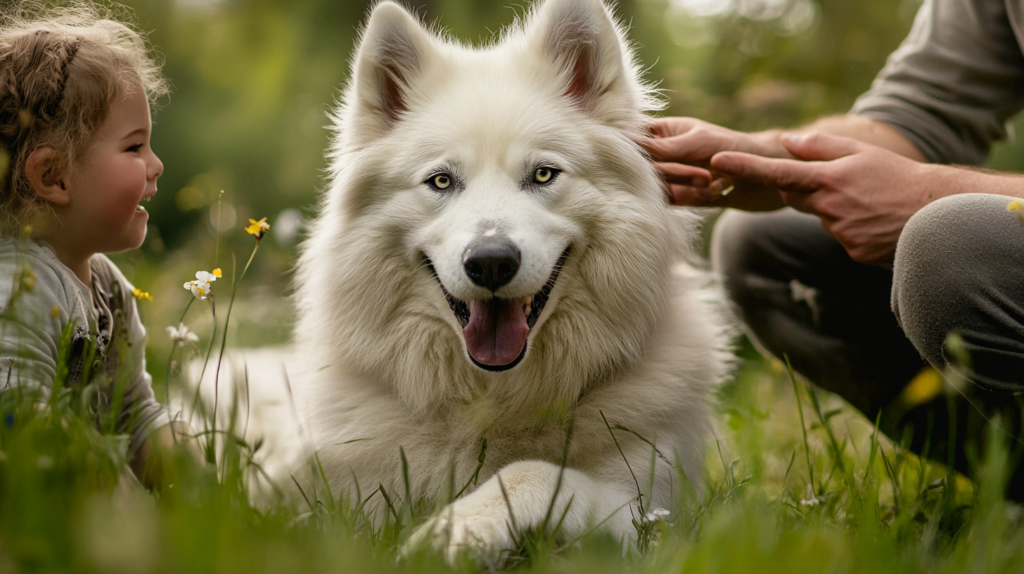
3. Training an Independent Thinker: Tips for Raising an Akbash Dog
Training Akbash dogs can be a delightful yet challenging journey. Their independent nature often means they have a mind of their own, making it essential for owners to adapt their training strategies effectively.
Challenges of Training an Akbash
- Strong-Willed Personality: The Akbash is known for its stubborn streak. This breed tends to think for itself, which can lead to moments of defiance during training.
- Protective Instincts: While their guarding instincts are admirable, these can also manifest as reluctance to accept commands from perceived outsiders.
Effective Training Techniques
To successfully train your Akbash, consider the following strategies:
- Positive Reinforcement: Reward good behavior with treats, praise, or playtime. This method encourages your dog to repeat desirable actions.
- Establish Clear Boundaries: Be consistent about what behaviors are acceptable and which are not. Clarity helps your Akbash understand expectations.
The Role of Leadership
Consistent leadership is paramount in gaining your Akbash’s respect and cooperation. Here’s how to establish yourself as a strong leader:
- Confidence and Calmness: Approach training sessions with confidence. A calm demeanor reassures your dog and helps in reducing anxiety.
- Regular Routine: Create a structured training schedule that includes regular commands and practice sessions. Predictability helps reinforce learning.
Training an Akbash may take patience and persistence, but the bond formed through this process is truly rewarding. As you embark on this journey together, remember that understanding your dog’s unique traits will lead to a more enjoyable experience for both of you!
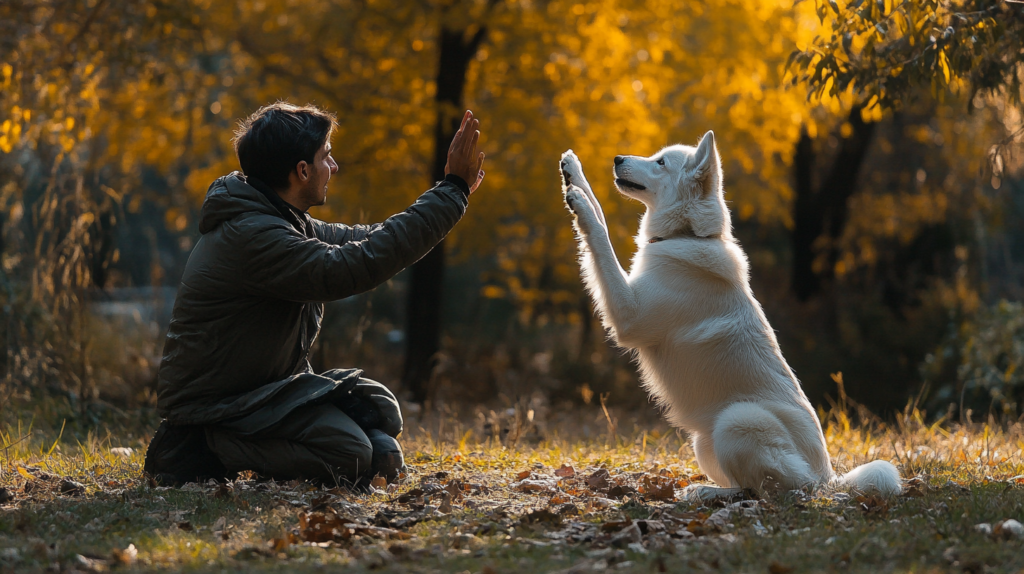
4. Health Considerations and Care Requirements for Your Akbash Dog
Owning an Akbash dog comes with the responsibility of ensuring their health and well-being. Being a large breed, there are specific health issues that every owner should monitor closely:
- Hip Dysplasia: This genetic condition affects their hip joints, leading to arthritis and pain. Regular vet check-ups can help detect signs early.
- Bloat (Gastric Dilatation-Volvulus): A serious condition where the stomach fills with gas and can twist. Symptoms include a swollen belly and restlessness. Immediate veterinary attention is crucial.
The lifespan of an Akbash typically ranges from 10 to 12 years, which highlights the importance of proactive health care. Responsible ownership includes scheduling regular veterinary visits for:
- Routine vaccinations
- Parasite control
- Dental care
These practices are essential to maintain your dog’s health, helping to catch any potential issues before they become serious.
When it comes to nutrition, providing a balanced diet tailored to their needs is vital. The following points are key in selecting the right food:
- Opt for high-quality dog food specifically formulated for large breeds.
- Monitor portions to prevent obesity, which can exacerbate health problems.
- Ensure access to fresh water at all times.
Being aware of these health considerations ensures your Akbash remains a happy and healthy companion throughout its life, allowing you both to enjoy countless adventures together!
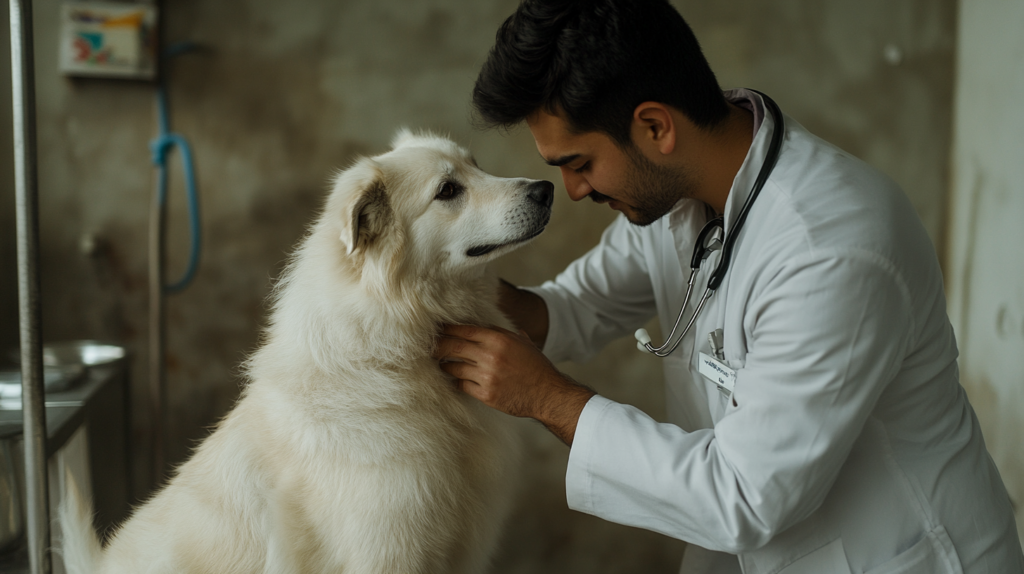
5. Living Harmoniously with Your Akbash: Space, Exercise, and Family Compatibility
The Akbash dog brings a unique blend of loyalty and protectiveness that can be both delightful and challenging within a family setting. So, is an Akbash a good family dog? The answer lies in understanding their dual nature.
Assessing Family Compatibility
- Protective Nature: Naturally inclined to guard, the Akbash will vigilantly watch over its family. This instinct can make them excellent guardians for children.
- Affectionate Disposition: With loved ones, they are gentle and loving. Their strong bond with family members is evident in their playful interactions.
Space and Exercise Requirements
An Akbash needs ample space to thrive:
- Spacious Yard: A secure yard is essential. They enjoy roaming and keeping watch over their domain.
- Daily Exercise: Engage your Akbash with long walks or active playtime. Regular physical activity helps prevent boredom and keeps their intelligent minds stimulated.
Introducing an Adult Akbash to the Family
Safety first! Here are some tips for a smooth introduction:
- Supervised Interactions: Always supervise initial meetings between your Akbash and children or other pets to ensure comfort on both sides.
- Positive Reinforcement: Reward calm behavior during introductions. Treats can help create positive associations.
- Gradual Introduction: Allow your Akbash to adjust slowly to new family members or pets. Patience pays off!
Understanding these dynamics creates a harmonious environment for both your family and your Akbash, ensuring everyone feels safe and loved in their home together.
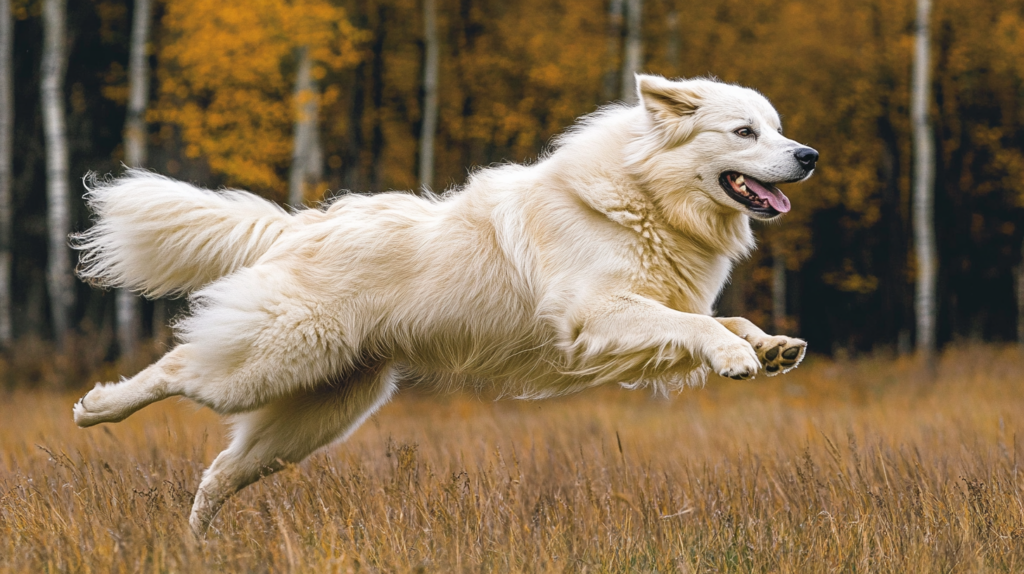
6. Finding Your Perfect Match: Adoption Process & Resources for Acquiring an Akbash Dog
Bringing home an Akbash dog is a rewarding journey. The dog adoption process can vary, especially for this rare breed. Here’s what potential owners should keep in mind:
1. Research Shelters and Rescue Organizations
Look for shelters or rescue groups that specialize in Akbash dogs. These organizations often have dogs in need of loving homes and can provide valuable insights into their temperament and needs. It’s worth noting that the Humane Society plays a significant role in assisting local pet shelters and rescue groups, which could be beneficial in your search.
2. Application Process
Be prepared to fill out an application form detailing your living situation, experience with dogs, and understanding of the breed’s requirements. Some organizations may require a home visit to ensure a suitable environment.
3. Meet and Greet
Many rescues encourage meeting the dog before adoption. This helps gauge compatibility between you and your potential new furry friend. However, it’s important to remember that some dog rescue groups might have strict policies during the adoption process, as discussed in this Reddit thread.
For those who prefer acquiring an Akbash through reputable breeders, several resources are available:
- Breed Clubs: Websites like the Akbash Dog Association offer lists of responsible breeders committed to maintaining breed standards and promoting health testing.
- Online Communities: Joining online forums or social media groups dedicated to the Akbash breed can connect you with experienced owners and breeders alike.
Finding the right Akbash dog involves patience and dedication, ensuring a perfect match for both you and your future guardian!
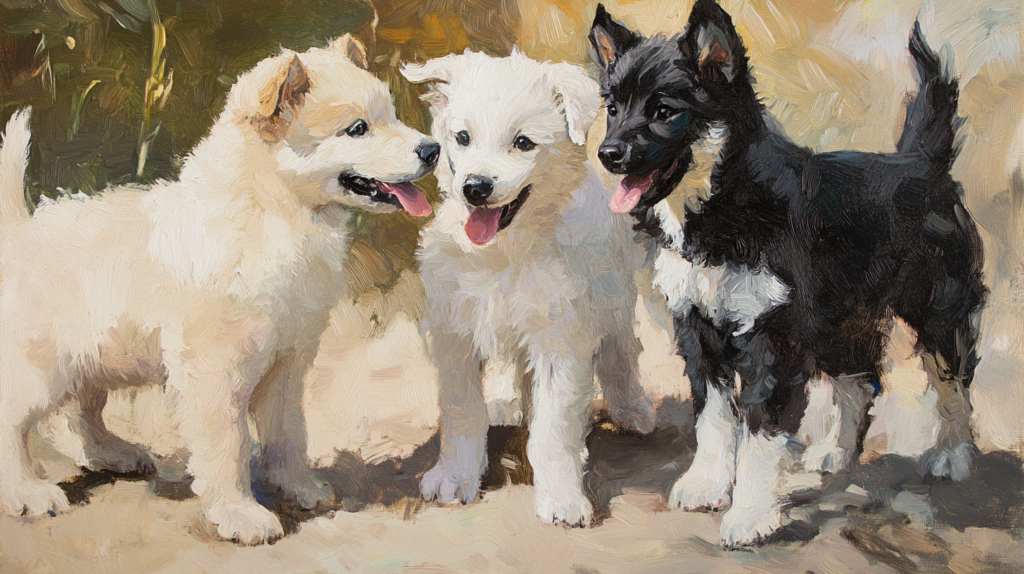
7. Comparing the Unique Qualities of Different Livestock Guardian Breeds: The Case Study of The Great Pyrenees vs Mastiffs vs The Mighty AKBASH! Which One Suits You Best?
When it comes to livestock guardian dogs, three breeds often stand out: the Akbash, Great Pyrenees, and Mastiff. Each breed has its own unique qualities that make them suitable for different lifestyles.
Similarities and Differences
Here’s a breakdown of the similarities and differences between these three breeds:
1. Akbash
- Size: Large, weighing 90-130 pounds.
- Temperament: Independent yet affectionate; strong protective instincts.
- Coat: Thick and weather-resistant, ideal for various climates.
2. Great Pyrenees
- Size: Varies between 85-115 pounds.
- Temperament: Gentle giants known for their calm demeanor; protective but more sociable than Akbash.
- Coat: Long, dense, requiring regular grooming to maintain.
3. Mastiff
- Size: One of the largest; can weigh up to 230 pounds.
- Temperament: Laid-back and loyal, yet can be stubborn. Requires dedicated training due to its size and strength.
- Coat: Short and low maintenance, but still needs attention for skin health.
Pros & Cons
Each breed has its own pros and cons that you should consider when making a decision:
1. Akbash
- Pros: Excellent guardians, intelligent, adaptable to different living situations.
- Cons: Requires consistent leadership; may test boundaries with owners.
2. Great Pyrenees
- Pros: Loving companions; great with families and children.
- Cons: Can be prone to wander if not properly contained.
3. Mastiff
- Pros: Protective while being gentle; strong bond with family members.
- Cons: Needs space; can suffer from health issues due to size.
Choosing the right guardian breed involves matching their characteristics with your lifestyle preferences. Each breed brings unique qualities that cater to different needs.
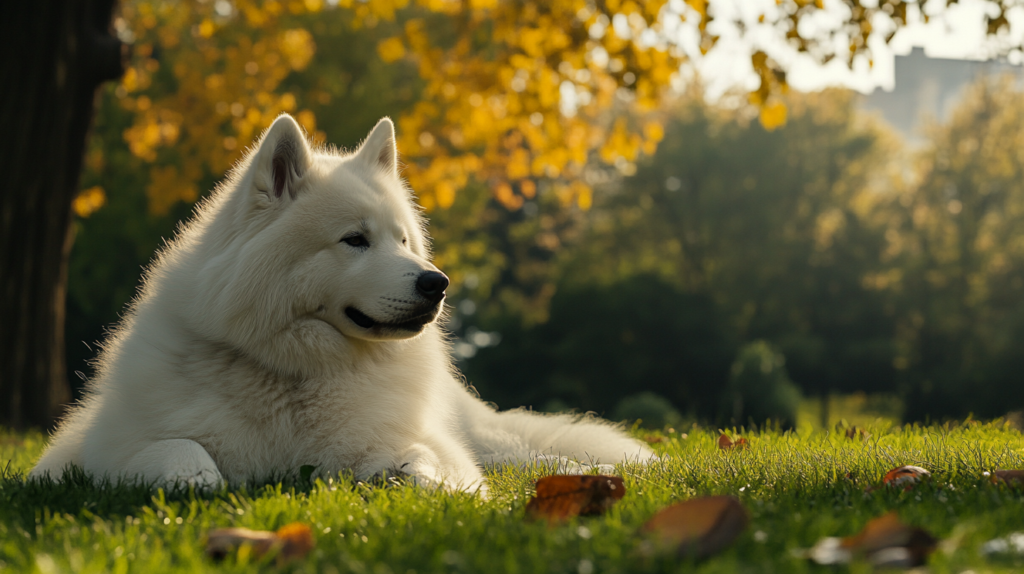
Conclusion
Bringing an Akbash into your life is an adventure filled with rewarding moments and challenges. Before making this commitment, consider the following:
- Patience is key: Be prepared for an adjustment period where your Akbash may test boundaries. This phase is crucial for establishing your role as a leader.
- Building trust takes time: As you navigate through this journey together, the bond between you and your Akbash will strengthen, leading to a deeply rewarding relationship.
- Understanding their roots: When you learn about Akbash dogs’ history and origin, you’ll appreciate their unique traits and instincts that make them exceptional guardians.
Embrace the journey with your Akbash, knowing that the love and loyalty they offer are well worth the effort. You’ll cultivate a partnership that thrives on mutual respect and affection—what could be better? 🐾✨
FAQs (Frequently Asked Questions)
What is the Akbash breed known for?
The Akbash breed is primarily recognized as a livestock guardian dog in Turkey, valued for its protective instincts and ability to guard livestock effectively.
What are the key physical characteristics of an Akbash?
Akbash dogs are distinguished by their striking appearance, which includes a strong build, graceful movements, and a coat that can range from white to cream. They are typically large in size and have a well-defined structure.
How should I train an Akbash dog?
Training an Akbash requires patience and consistency due to their independent nature. Effective techniques include positive reinforcement, establishing clear boundaries, and maintaining consistent leadership to gain their respect and cooperation.
What health issues should I be aware of with an Akbash?
Common health concerns for Akbash dogs include hip dysplasia and bloat, which are prevalent in large breeds. Regular veterinary care and check-ups are essential to ensure their overall well-being throughout their lifespan of around 10-12 years.
Is the Akbash suitable for family life?
Yes, the Akbash can be a good family dog due to its affectionate disposition towards loved ones. However, it’s important to assess their protective nature and ensure that they have enough space and exercise to prevent behavioral issues.
What should I know about adopting an Akbash dog?
When considering adoption, it’s important to understand the process involved in bringing home an Akbash from shelters or rescue organizations. Additionally, researching reputable breeders who prioritize responsible breeding practices is crucial.

